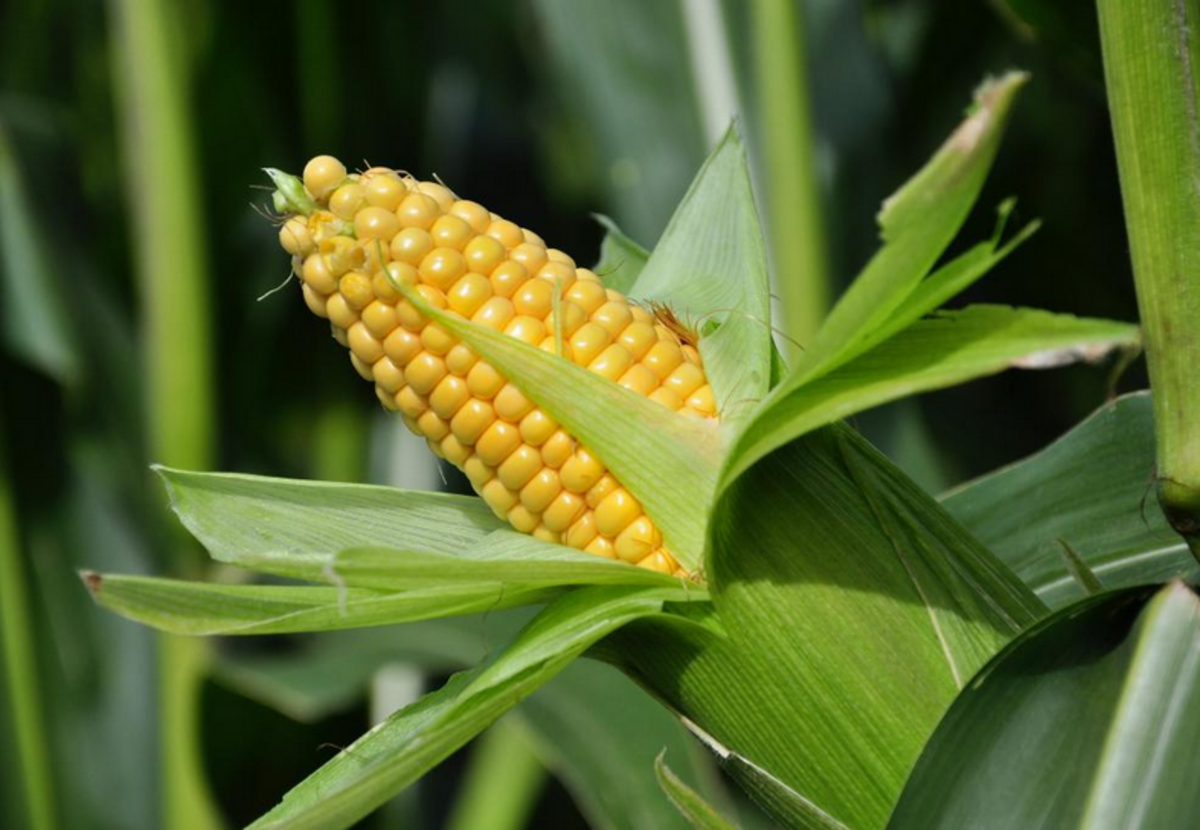Maize is currently the most widely produced crop in the world.
In recent years, global cereal production has increased at a steady pace. It has also lost diversity as maize, wheat and rice production have boomed, leaving behind other minor crops such as barley.
The United States is the most important maize producer in the world, and is the main driver of the increase in global maize production in the past 15 years.
The European Union is the fourth largest producer, just after Brazil. In the past ten years, the EU-28 produced on average 65 million tonnes of maize per year.
Severe weather events will become the new norm and lead to big crop losses
JRC scientists have simulated the effects of 1.5 °C and 2 °C temperature increases on global maize production.
The study shows that, even with an increase in global temperatures of just 1.5 °C, the heat waves and severe droughts that currently occur about once every ten years could become frequent phenomena by early 2020.
Without any mitigation and adaptation efforts, this would mean that the worst production losses experienced by maize producers to date would happen with increasing frequency.
With a 2 °C temperature increase, maize production areas would be affected by heat and drought events never experienced before. The damages would be felt by both minor and major producers.
Minor producers and developing countries will be affected first
The crop losses will be felt in the different parts of the world at different times. The impact will be felt first by minor producers, located mostly in developing countries in tropical regions.
Europe will be hit slightly later. However, scientists estimate that, in the worst-case scenario, these impacts could occur by 2020.
European Union producers are already feeling the impact of global warming. The very high temperatures in summer 2018 caused droughts that heavily affected agricultural production in many EU countries.
Based on simulations carried out by JRC scientists, producers in Germany, Poland, Hungary, Romania and Bulgaria will be among the first in Europe to be affected by big crop losses brought about by climate extremes.
Italy – the largest maize producer in the Mediterranean - is going to be impacted slightly later, in the 2040s.
"Maize is heavily irrigated in northern Italy and not so much in the other countries that are less used droughts. So there is a potential for adaptation, if sustainable irrigation can be implemented that is compatible with other water uses", comments JRC researchers Matteo Zampieri.
EU Adaptation Strategy
The European Commission adopted in 2013 an EU strategy on adaptation to climate change. The strategy aims to make Europe more climate-resilient, and to enhance the preparedness and capacity at all governance levels to respond to the impacts of climate change.
The EU Adaptation Strategy focuses on three key objectives:
- Promoting action by Member States: The Commission encourages all Member States to adopt comprehensive adaptation strategies and provides funding to help them build up their adaptation capacities and take action.
- 'Climate-proofing' at EU level, by further promoting adaptation in key vulnerable sectors such as agriculture, fisheries and rural development areas, ensuring that Europe's infrastructure is made more resilient, and promoting the use of insurance against natural and man-made disasters.
- Ensuring better informed decision-making by addressing gaps in knowledge about adaptation.
The recent evaluation of the strategy shows that adapting to the impacts of climate change is now even more urgent than forecast in 2013. The evaluation outlines actions needed to further reduce Europe’s vulnerability to climate impacts within and outside of its borders.
Mitigation measures under the Common Agriculture Policy
The Common Agriculture Policy can represent a tool for the implementation of measures on the ground able to decrease the damages and incentivises mitigation in the sector.
The CAP includes measures on biodiversity, protection of soil, diversification of the sector through investments and knowledge transfer and innovation, as well support for risk management.
The EC proposal for the CAP post-2020 recognizes the importance of climate change and included new specific objectives for both mitigation and adaptation.
